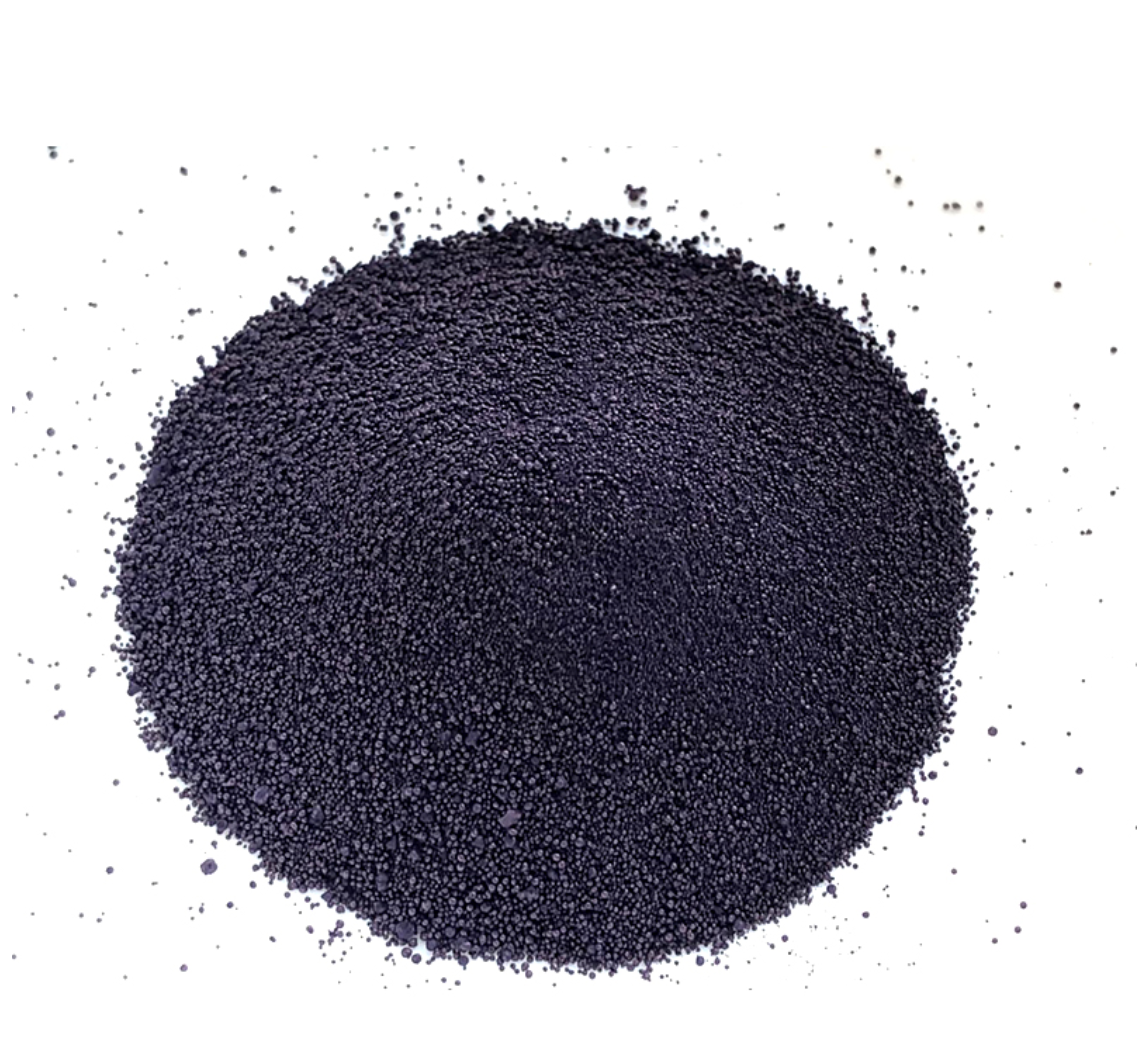pure indigo powder factory
The Purity of Indigo Inside the Indigo Powder Factory
In an era where sustainability and natural products are at the forefront of consumer consciousness, the demand for pure indigo powder has surged dramatically. Indigo, a deep blue dye derived from the leaves of the Indigofera plant, has a rich history that dates back thousands of years. Today, indigo powder factories play a crucial role in producing this vibrant colorant, catering to various industries, including textiles, cosmetics, and art supplies.
The Cultivation of Indigo
The journey of indigo powder begins with the cultivation of the indigo plant. Indigofera tinctoria, among others, is traditionally grown in tropical and subtropical climates. Farmers cultivate these plants with care, often employing organic farming practices to ensure that the leaves retain their natural properties. The plants generally require a warm climate, ample sunlight, and well-draining soil to flourish. As the leaves mature, they are harvested multiple times a year, with the optimal time being just before they start to flower, ensuring the highest concentration of indigo pigment.
The Harvesting Process
After harvesting, the leaves undergo a meticulous process to extract the indigo dye. Initially, the leaves are soaked in water to facilitate fermentation. This fermentation process is crucial, as it converts the indigo dye from a water-soluble form, known as indican, into the insoluble form that we recognize as indigo. During fermentation, the leaves are often placed in shallow pools or vats, where they are left for several days. This step not only extracts the dye but also develops the rich blue color that indigo is famous for.
Extraction and Processing
Once fermentation is complete, the next step involves extracting the indigo from the fermented leaves. The mixture is carefully strained, separating the indigo pigment from the remaining plant material. The resulting solution is then subjected to oxidation, which causes the indigo to precipitate out of the solution. This indigo precipitate is collected, washed, and dried, resulting in a solid form of indigo that can be ground into powder.
pure indigo powder factory

In a pure indigo powder factory, maintaining the integrity and quality of the indigo is paramount. Factories employ advanced techniques to ensure that the final product is free from contaminants and retains the maximum potency of the dye. The powder is finely milled to achieve a consistent texture, which is essential for various applications, from dyeing fabrics to formulating cosmetics.
Applications of Pure Indigo Powder
The applications of pure indigo powder are vast and varied, making it a sought-after product in several industries. In textiles, indigo remains one of the most popular natural dyes, particularly for denim. The traditional technique of dyeing denim with indigo has created iconic fashion pieces that stand the test of time. Moreover, artisans and designers are increasingly gravitating towards indigo for sustainable fashion initiatives, opting for natural dyes over synthetic alternatives.
In the cosmetic industry, indigo powder is prized for its natural coloring properties. It is often used in hair dyes and skincare products, touted for its ability to provide a more vibrant and long-lasting color without harsh chemicals. Furthermore, indigo has cultural significance in many regions, used in traditional rituals and practices, adding an additional layer of value to its production.
Quality Control and Sustainability
Quality control is an essential aspect of any indigo powder factory. From the sourcing of raw materials to the final packaging of products, factories adhere to strict quality standards to ensure that customers receive a pure and effective product. Many factories also implement sustainable practices, focusing on reducing waste, conserving water, and using eco-friendly packaging materials. This commitment to sustainability resonates with consumers seeking ethically sourced and environmentally friendly products.
Conclusion
As the world increasingly turns towards sustainable and natural alternatives, the indigo powder factory stands as a beacon of tradition and innovation. By preserving ancient methods while embracing modern technology, these factories play a vital role in ensuring that pure indigo remains a staple in textiles, cosmetics, and artistic endeavors. Whether for a fashion statement, a personal care product, or an artistic creation, the allure of pure indigo powder will undoubtedly continue to captivate and inspire for generations to come.
-
The Timeless Art of Denim Indigo Dye
NewsJul.01,2025
-
The Rise of Sulfur Dyed Denim
NewsJul.01,2025
-
The Rich Revival of the Best Indigo Dye
NewsJul.01,2025
-
The Enduring Strength of Sulphur Black
NewsJul.01,2025
-
The Ancient Art of Chinese Indigo Dye
NewsJul.01,2025
-
Industry Power of Indigo
NewsJul.01,2025
-
Black Sulfur is Leading the Next Wave
NewsJul.01,2025

Sulphur Black
1.Name: sulphur black; Sulfur Black; Sulphur Black 1;
2.Structure formula:
3.Molecule formula: C6H4N2O5
4.CAS No.: 1326-82-5
5.HS code: 32041911
6.Product specification:Appearance:black phosphorus flakes; black liquid

Bromo Indigo; Vat Bromo-Indigo; C.I.Vat Blue 5
1.Name: Bromo indigo; Vat bromo-indigo; C.I.Vat blue 5;
2.Structure formula:
3.Molecule formula: C16H6Br4N2O2
4.CAS No.: 2475-31-2
5.HS code: 3204151000 6.Major usage and instruction: Be mainly used to dye cotton fabrics.

Indigo Blue Vat Blue
1.Name: indigo blue,vat blue 1,
2.Structure formula:
3.Molecule formula: C16H10N2O2
4.. CAS No.: 482-89-3
5.Molecule weight: 262.62
6.HS code: 3204151000
7.Major usage and instruction: Be mainly used to dye cotton fabrics.

